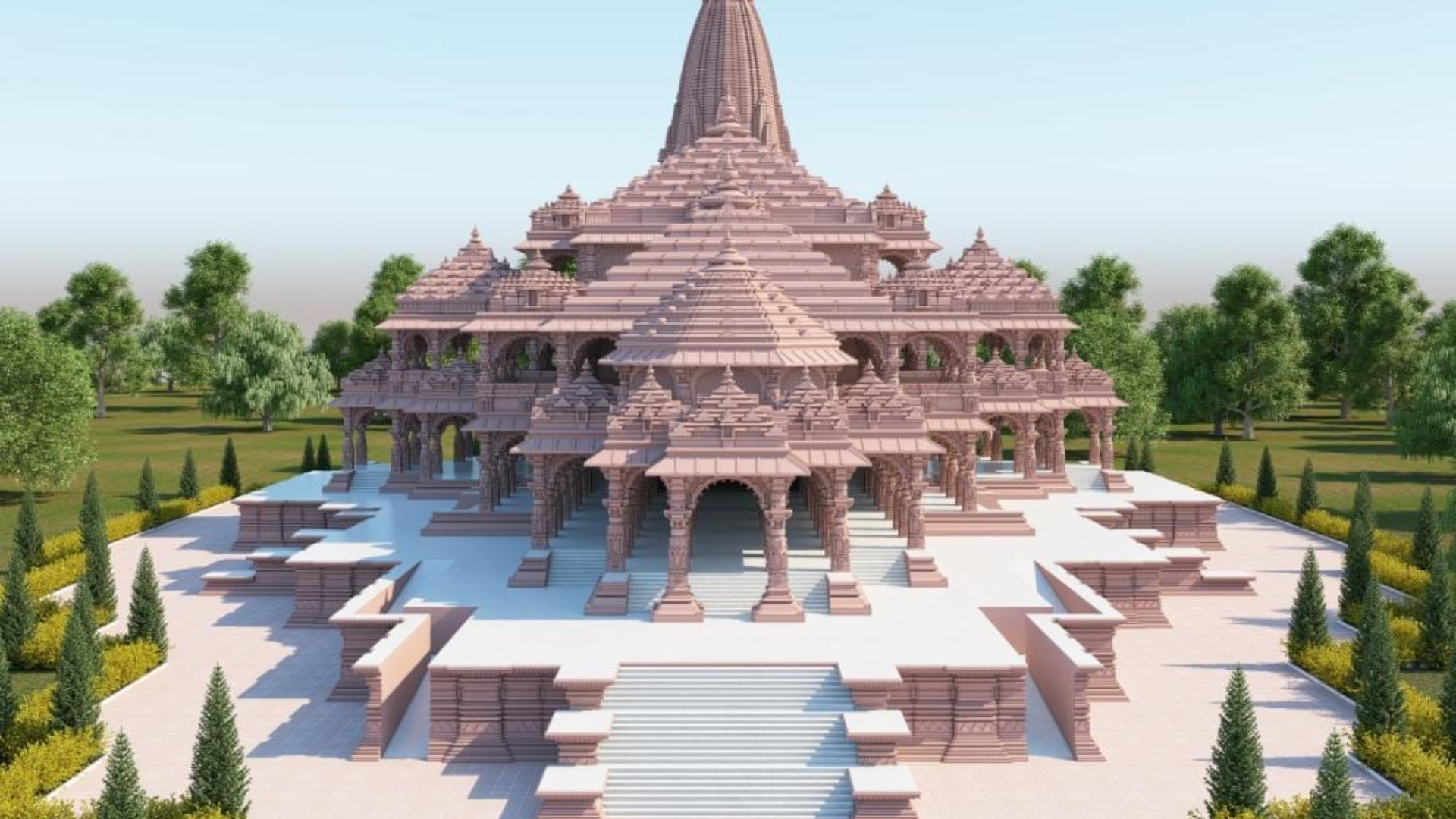The establishment of the Ram Mandir in Ayodhya stands as a monumental and historic event, carrying profound cultural, religious, and political implications for India. The Ayodhya dispute, stretching across decades, found resolution with the landmark Supreme Court verdict in November 2019, clearing the way for the construction of the Ram Mandir at the contested site. This blog delves into the significance of the Ayodhya Ram Mandir, delving into its historical context and exploring the broader implications it holds for the people of India.
Historical Context
The roots of the Ayodhya dispute trace back to the 16th century when Mughal Emperor Babur erected the Babri Masjid at the alleged birthplace of Lord Ram in Ayodhya. The dispute unfolded over the years, escalating communal tensions and culminating in the demolition of the Babri Masjid in 1992 by a group of activists. The aftermath of this event triggered nationwide discussions, leading to protracted legal battles.
Supreme Court Verdict
In a historic move in November 2019, the Supreme Court of India delivered a verdict that brought an end to the prolonged legal wrangling. The court ruled in favor of constructing a Ram Mandir at the disputed site, concurrently allocating an alternative parcel of land for the construction of a mosque. The decision aimed to provide closure to the protracted dispute and foster communal harmony.
Cultural and Religious Significance
The Ram Mandir holds immense cultural and religious importance for millions of Hindus in India and across the globe. Ayodhya is revered as the birthplace of Lord Ram, a central figure in Hinduism. The temple’s construction fulfills a longstanding aspiration of the Hindu community to establish a grand temple at the birthplace of their revered deity. The temple’s design incorporates traditional architectural elements, accentuating India’s rich cultural tapestry.
Symbol of Unity
While the Ayodhya dispute had been a source of communal tension, the construction of the Ram Mandir is perceived as an opportunity to cultivate unity and harmony among diverse religious communities. The Supreme Court’s verdict, addressing the concerns of both Hindus and Muslims, seeks to promote inclusivity and goodwill.
Tourist Attraction and Economic Impact
The completion of the Ram Mandir is poised to transform Ayodhya into a prominent pilgrimage and tourist destination. Pilgrims and tourists from various parts of the country and the world are anticipated to visit the temple, contributing significantly to the local economy. The development of infrastructure and amenities around Ayodhya is expected to further stimulate economic growth in the region.
Conclusion
The construction of the Ayodhya Ram Mandir marks a pivotal moment in India’s history. The resolution of the longstanding dispute through the Supreme Court’s verdict has initiated a new era of unity and religious coexistence. The temple not only fulfills the religious aspirations of millions but also stands as a testament to India’s rich cultural heritage. As the construction progresses, all stakeholders must embrace the spirit of unity and tolerance, ensuring that the Ayodhya Ram Mandir becomes an enduring symbol of harmony for generations to come.
For more updates, visit Perfect2Perfection and share your views.
